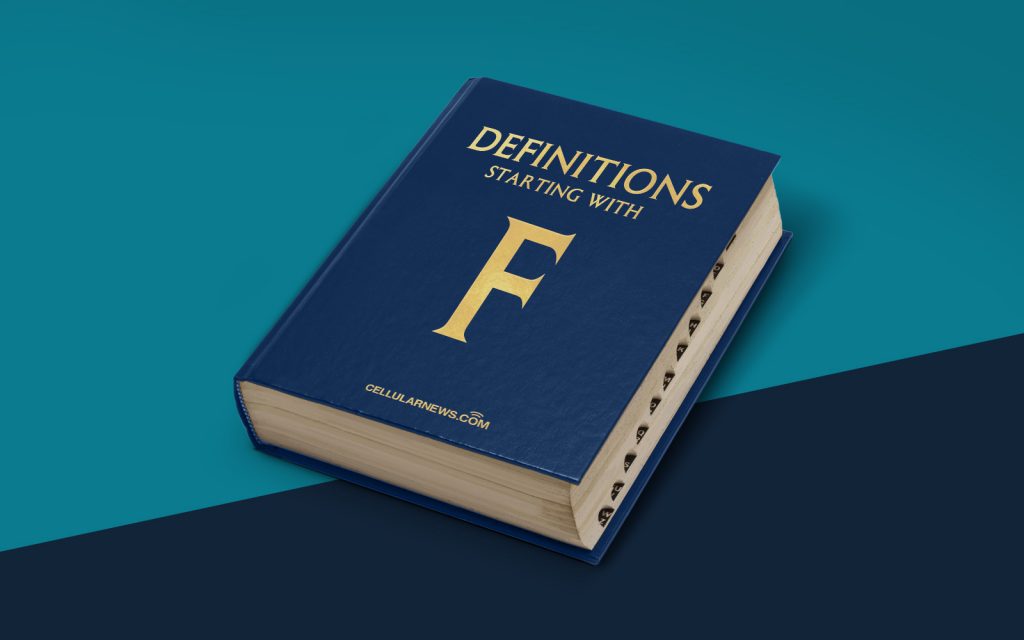
What is the Fibonacci Sequence?
Welcome to our “Definitions” category, where we unravel and simplify complex concepts for you! Today, we are diving into the intriguing world of the Fibonacci Sequence. So, what exactly is it?
The Fibonacci Sequence is a sequence of numbers in which each number is the sum of the two preceding ones. It starts with 0 and 1, and the sequence continues infinitely. This pattern was first introduced to the Western world by Leonardo Bonacci, also known as Fibonacci, an Italian mathematician in the 13th century.
Now that we have the basic definition out of the way, let’s delve deeper into the fascinating aspects of the Fibonacci Sequence:
Key Takeaways:
- The Fibonacci Sequence is an infinite series of numbers where each number is the sum of the two preceding ones (e.g., 0, 1, 1, 2, 3, 5, 8, 13…).
- It is a naturally occurring sequence found in various aspects of nature, art, and even human behavior.
Where Can We Find the Fibonacci Sequence?
The Fibonacci Sequence may seem like a mere mathematical pattern, but it has fascinating applications that extend well beyond the realm of numbers. Here are some intriguing places where the Fibonacci Sequence can be observed:
- Nature:
- Flower petals often follow the Fibonacci Sequence, with some flowers having three, five, or even eight petals.
- For example, if you examine a sunflower, you will notice tiny spiraling seeds arranged in distinct patterns, mirroring the Fibonacci Sequence.
- Even the branching patterns of trees and the arrangement of leaves in many plants can be related to this sequence.
- Art and Architecture:
- Many artists and architects throughout history have incorporated the Fibonacci Sequence into their work to create visually appealing compositions.
- For instance, the Parthenon in Athens, Greece, showcases the ratio between its columns and pool width that closely aligns with the Fibonacci Sequence.
- Financial Markets:
- The stock market and other financial markets often exhibit patterns that can be analyzed using the Fibonacci Sequence.
- Traders and investors use Fibonacci retracements and extensions to identify potential levels of support and resistance and make informed decisions.
- Human Behavior:
- Believe it or not, the Fibonacci Sequence can also be linked to certain behaviors and preferences of humans.
- Studies have shown that people often find objects and designs that align with the Fibonacci Sequence more visually appealing.
- It seems that our aesthetic senses are unconsciously drawn to these naturally occurring harmonious proportions.
As you can see, the Fibonacci Sequence goes far beyond being a series of numbers. Its presence in the world around us serves as a testament to the interconnectedness of mathematics and the natural world.
In Conclusion
The Fibonacci Sequence is a captivating mathematical pattern that can be found in nature, art, finance, and human behavior. It starts with 0 and 1, with each subsequent number being the sum of the two preceding ones. Whether you are an avid math enthusiast or simply curious about the world we live in, exploring the Fibonacci Sequence unveils a remarkable tapestry of patterns and connections.
We hope this article has shed some light on the definition and significance of the Fibonacci Sequence. Stay tuned for more fascinating definitions in our “Definitions” category!
